Related Research Articles
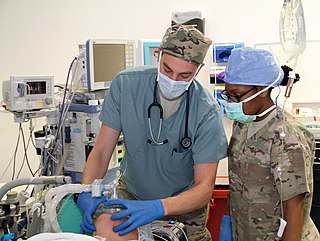
Anesthesiology, anaesthesiology or anaesthesia is the medical specialty concerned with the total perioperative care of patients before, during and after surgery. It encompasses anesthesia, intensive care medicine, critical emergency medicine, and pain medicine. A physician specialized in anesthesiology is called an anesthesiologist, anaesthesiologist, or anaesthetist, depending on the country. In some countries, the terms are synonymous, while in other countries, they refer to different positions and anesthetist is only used for non-physicians, such as nurse anesthetists.
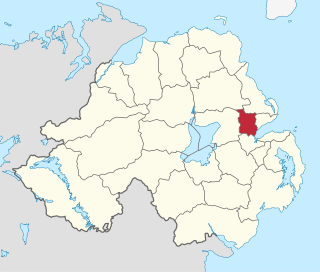
Newtownabbey Borough Council was a Local Authority in County Antrim in Northern Ireland, on the north shore of Belfast Lough just immediately north of Belfast. The Council merged with Antrim Borough Council in April 2015 under local government reform in Northern Ireland to form Antrim and Newtownabbey Borough Council.
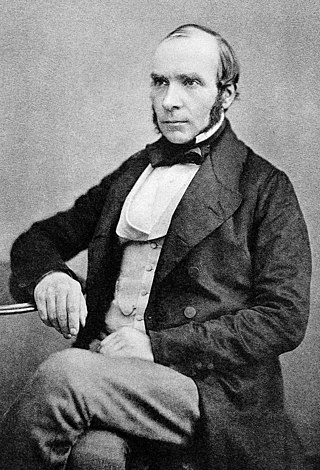
John Snow was an English physician and a leader in the development of anaesthesia and medical hygiene. He is considered one of the founders of modern epidemiology and early germ theory, in part because of his work in tracing the source of a cholera outbreak in London's Soho, which he identified as a particular public water pump. Snow's findings inspired fundamental changes in the water and waste systems of London, which led to similar changes in other cities, and a significant improvement in general public health around the world.
Sir Ivan Whiteside Magill KCVO was an Irish-born anaesthetist who is famous for his involvement in much of the innovation and development in modern anaesthesia. He helped to establish the Association of Anaesthetists of Great Britain and Ireland. Several medical devices are named after him.

Doagh is a village and townland in County Antrim, Northern Ireland. It is in the Six Mile Water Valley, about two miles south-west of Ballyclare, and had a population of 1,404 people in the 2021 census. It is known as Doach in Scots.
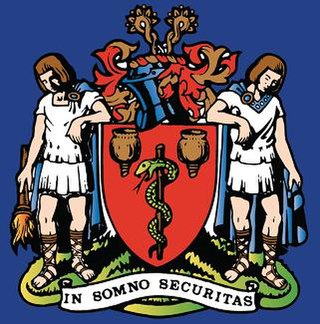
The Association of Anaesthetists, in full the Association of Anaesthetists of Great Britain and Ireland (AAGBI), is a professional association for anaesthetists in the United Kingdom and Ireland.
Thomas Cecil Gray CBE KCSG was a pioneering English anaesthetist.
The Medallion Shield is an annual rugby union competition involving schools affiliated to the Ulster Branch of the Irish Rugby Football Union. The competition is open to all schools within Ulster, but only schools from within Northern Ireland currently enter, with no entries from schools situated in the three Ulster counties within the Republic of Ireland.
The Primary FRCA is a postgraduate examination in anaesthesia, more fully called the Primary Examination of the Diploma of Fellowship of the British Royal College of Anaesthetists (RCoA).
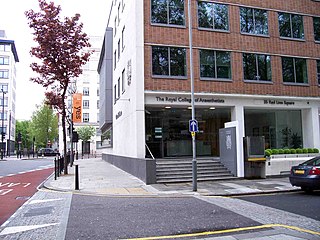
The Royal College of Anaesthetists (RCoA) is the professional body responsible for the specialty of anaesthesia throughout the United Kingdom. It sets standards in anaesthesia, critical care, pain management, and for the training of anaesthetists, physicians' assistants (anaesthesia), and practising critical care physicians. It also holds examinations for anaesthetists in training, and informs and educates the public about anaesthesia. Its headquarters are in Churchill House, London.
The Final FRCA is a postgraduate examination in anaesthesia, more fully called the Final Examination of the Diploma of Fellowship of the Royal College of Anaesthetists.
Henry Edmund Gaskin Boyle OBE was a pioneering anaesthetist best remembered for the development of early anaesthetic machines.

The British Journal of Anaesthesia is a monthly peer-reviewed medical journal published by Elsevier on behalf of the Royal College of Anaesthetists, the College of Anaesthesiologists of Ireland, and the Hong Kong College of Anaesthesiologists, for all of which it serves as their official journal.
Herbert William Gallagher FRCS (1917–2007) was a Northern Irish medical professional, politician and World War II Royal Army Medical Corps officer.
Geoffrey Kaye (1903–1986) was an Australian anaesthetist.
James Anstruther Smith FFARCS was a Scottish consultant anaesthetist who was one of the pioneers of safe anaesthesia for cardiac catheterization in children.
George Warwick Bampfylde Daniell (1864–1937) was medical practitioner and anaesthesiologist who practised in South Africa in the 19th and 20th centuries.
Kenneth Bryn Thomas was an English physician and president of the History of Medicine Society of the Royal Society of Medicine from 1970 to 1972.

John Gillies, was a Scottish anaesthetist, who worked at the Royal Infirmary of Edinburgh (RIE). For gallantry as a serving soldier in WWI he was awarded the Military Cross. He founded the department of anaesthetics in the RIE and became its first director. The Gillies anaesthetic machine which he devised was the first British closed circuit anaesthetic device and was in use until the 1960s. With his colleague HWC ('Griff') Griffiths he pioneered the technique of high spinal anaesthesia to produce hypotension and 'bloodless' operating fields. Gillies anaesthetised King George VI in Buckingham Palace and was made Commander of the Royal Victorian Order (CVO) for this service. He was president of the Association of Anaesthetists of Great Britain and Ireland from 1947 to 1950.

Peter John Firth Baskett (1934–2008) was a Northern Irish physician, specializing in anaesthesia. He was responsible for the introduction of paramedics into the United Kingdom, created specialist ambulances for delivering on-scene pain relief to patients, and was the first chairman of the European Resuscitation Council.
References
- ↑ https://www.rcoa.ac.uk/dr-john-wharry-dundee
- 1 2 Hedley-Whyte, J.; Milamed, D. (15 November 2005). "The evolution of sites of surgery". The Ulster Medical Journal. 75 (1). Ulster Medical Society: 46–53. PMC 1891798 . PMID 16457404.
- ↑ "Class list for 1939 year group". The Old Ballyclarians Association. Archived from the original on 12 February 2007. Retrieved 16 July 2008.
- ↑ "Alumni Directory". University of Liverpool. Archived from the original on 4 October 2011. Retrieved 19 July 2008.
- ↑ "Medals, Awards and Prizes" (PDF). The Royal College of Anaesthetists. 24 June 2008. p. 9. Retrieved 16 July 2008.[ permanent dead link ]
- ↑ "P6 acupressure reduces morning sickness (abstract and citation)".
- ↑ 235 articles are listed at "Search Result for "Dundee, JW"". British Journal of Anaesthesia. Oxford University. Archived from the original on 15 April 2013. Retrieved 16 July 2008.
- ↑ "The London Gazette". 30 December 1988.